Popular games for platform Amstrad CPC
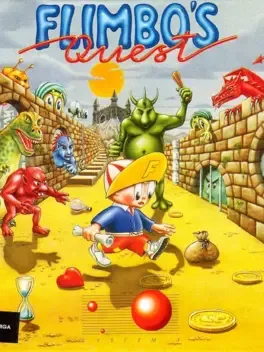
Rescuing girlfriends is a pretty common challenge in older computer games - why can't any of these ladies look after themselves? On this occasion Pearly has been kidnapped by Fransz Dandruff, so better make sure he's hair today, gone tomorrow. The gameplay is platform based, although the player may move down platforms as well as up to the next one. There are lots of baddies (drawn in a cutesy style) who need shooting and offer rewards. The seven levels are fairly short and linear.
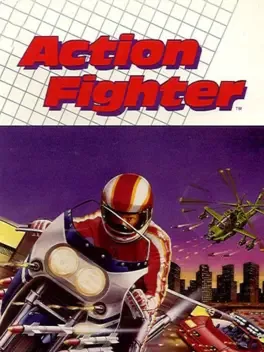
Take to the streets or take to the skies. Because Action Fighter is the incredible, transformable combat vehicle. You start out on a customized cycle. Built with enough speed and power to jump over water and overtake enemies. Then, by finding the right parts along the way, you'll change your cycle into a supercharged, state-of-the-art sports car. Next, add two turbojets to make your car airborne. And take to the skies. Down hyped-up helicopters and jet spaceships from above. And no matter which vehicle you're manning- or who you're after- get ready to stand by for action!

Monty On the Run is a platform-style game featuring Monty Mole, a coal thief fleeing across Europe to escape the Intermole agency. Players navigate Monty through 80 screens representing European landmarks, using various movement techniques like super-leaps and ceiling suspension. The goal is to collect Eurocheques and plane tickets while avoiding hazards. The game incorporates unique elements such as drunkenness effects from wine bottles and aerial combat sequences. As the third main entry in the Monty Mole series, it builds upon the gameplay mechanics of its predecessors while introducing new challenges and environments.
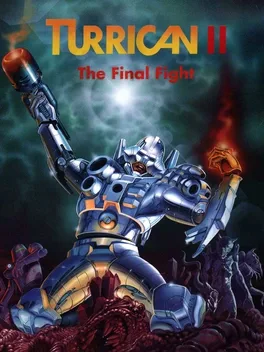
Turrican II: The Final Fight is a platformer/shooter as typically seen on consoles, but designed for home computers from the ground up. Its plot is - naturally - very simple: an evil mega-robot called The Machine attacks the United Planets Ship Avalon 1, slaughtering all who resist. All - except Bren McGuire, who manages to escape and slips into the experimental Turrican bionic armor. As Turrican, he strives to show The Machine who's the boss. Unlike other games of its type, this game contains three levels of horizontal shooter action in the spirit of R-Type or the developers' own Katakis. Six large worlds are to be explored, where you are basically free to go everywhere you want, since there is no automatic scrolling and the levels are packed with hidden extra lives and weapons. All those levels are very different: the first one in the rock desert is pretty colorful with parallaxing rainbow background and happy music, while the following worlds get darker and darker.

The game consists of two different soccer simulations, you can carry out a match in the stadium or indoors. The field is always shown from the top and scrolled softly into all directions. Different game modes make for diversity. Up to 15 players can enter their names and then compete with each other in a league. One can also take part in a World Cup, whereby the venue corresponds to the one of a real World Cup. The computer takes over the controls of as many teams as needed. A two-player friendly can be played head to head. The game offers features as "banana kick", "action replay" and weather. The original was developed by Sensible Software for the C64, Electronic Pencil Company were responsible for the Amiga and Atari ST versions.
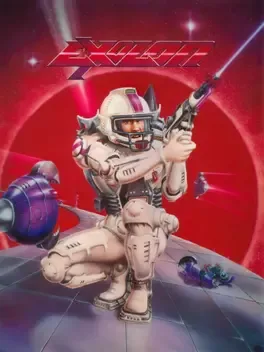
Exolon is a classic side-scrolling action game developed by Hewson Consultants and released in 1987 for various 8-bit home computer platforms. Players control Vitorc, a space marine equipped with an armored exoskeleton suit, as he navigates through 125 screens of hostile alien terrain. The game's core gameplay revolves around precise shooting, strategic grenade use, and skillful maneuvering to overcome a relentless array of enemies and environmental hazards. Known for its high difficulty level, Exolon challenges players with fast-paced action that demands quick reflexes and careful planning. What sets Exolon apart is its distinctive visual style, which pushed the graphical boundaries of 8-bit computers in its era. The game features detailed sprites and backgrounds that create a unique sci-fi atmosphere, complemented by a pulsing soundtrack that enhances the immersive experience. This combination of challenging gameplay, striking visuals, and atmospheric audio helped Exolon stand out in the late 1980s gaming landscape, earning it a cult following among retro gaming enthusiasts. Despite its simple premise, the game's intense action and memorable presentation have secured its place as a notable title in the history of side-scrolling shooters.
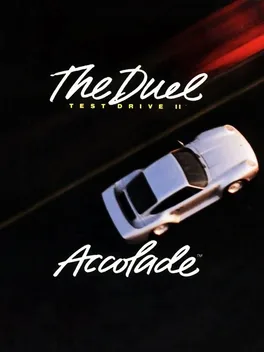
The Duel: Test Drive II is a cross-platform racing game developed by Distinctive Software and published by Accolade in 1989. It is the second entry in the Test Drive series of video games.
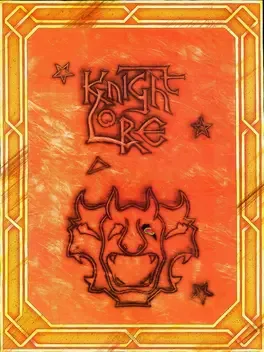
Although the third game in the Sabreman series, it was the first completed and withheld due to fears that sales of Sabre Wulf would be affected. The player, as Sabreman, has forty days to collect objects throughout a castle and brew a cure to his werewolf curse. He turns into a werewolf at night, as indicated by an onscreen timer, and returns to human form during the day. Each room is depicted in monochrome on its own screen and consists of blocks to climb and obstacles to avoid while the player solves puzzles and retrieves items for the cure.

Bruce Lee is a video game designed by Ron J. Fortier, with graphics by Kelly Day and music by John A. Fitzpatrick. It was originally developed for the Atari 8-bit family and published in 1984 by Datasoft, along with a port for the Commodore 64. The game was converted to the ZX Spectrum and Amstrad CPC and published by U.S. Gold in the same year. An MSX version was published in 1985 by Comptiq. Bruce Lee is a platform game/beat 'em up hybrid, in which the player controls Bruce Lee.

Turrican is a 1990 video game programmed and designed by Manfred Trenz. It was first developed for the Commodore 64 by Rainbow Arts, but was ported to other systems later. In addition to concept design and character creation, Trenz personally programmed Turrican on the Commodore 64. A sequel, Turrican II, followed 1991 for the Commodore 64 and other platforms.
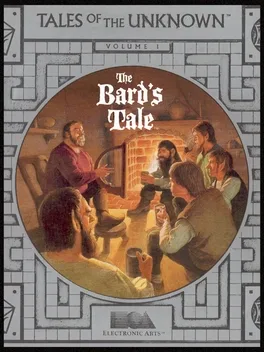
Tales of the Unknown: Volume I, better known as "The Bard's Tale", is an RPG developed by Interplay Productions in 1985 originally for the Apple II. It was quickly ported to numerous other platforms and became widely successful. This was partly because it incorporated unprecedented 3D graphic design, featuring partly animated character portraits and engaging gameplay. It also helped that the game was available on the Commodore 64-the most successful game console at the time, whereas the main competitor-the Ultima series, was not.
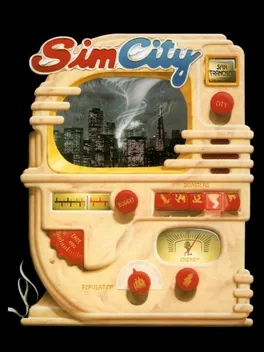
SimCity, later renamed SimCity Classic, is a city-building simulation video game, first released on February 2, 1989, and designed by Will Wright for the Macintosh computer. SimCity was Maxis's second product, which has since been ported into various personal computers and game consoles, and spawned several sequels including SimCity 2000 in 1993, SimCity 3000 in 1999, SimCity 4 in 2003, SimCity DS, SimCity Societies in 2007, and SimCity in 2013. Until the release of The Sims in 2000, the SimCity series was the best-selling line of computer games made by Maxis.

Call it a sequel... And you'll land up flat on your back. They called International Karate "the greatest Karate beat' em up yet" (Commodore User). And who are we to argue? But Archer Maclean has come up with a stunner: A third fighter. An amazing animated background. New moves (including double head-kick and a spectacular backflip). Re-mixed music by Rob Hubbard. And Balls!
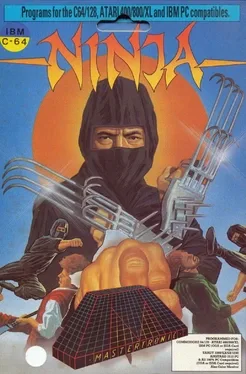
Ninja is a beat 'em up game. As a Ninja, the player attacks a fortress made of individual fixed screens which can be explored non-linearly.
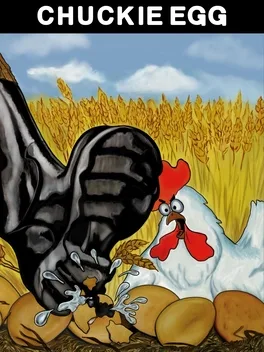
Chuckie Egg is an action platformer featuring a turn-based multiplayer mode. As Hen-House Harry, the player must collect the twelve eggs positioned in each level, before a countdown timer reaches zero. In addition there are piles of seed which may be collected to increase points and stop the countdown timer for a while. The player starts with five lives, and an extra life is awarded every 10,000 points.
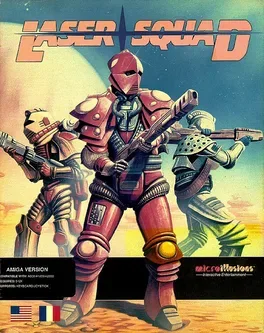
Laser Squad is a turn-based tactics war game where the player completes objectives such as rescue or retrieval operations, or simply eliminating all of the enemy by taking advantage of cover, squad level military tactics, and careful use of weaponry. The squad's team members are maneuvering around a map one at a time, taking actions such as move, turn, shoot, pick up and so on that use up the unit's action points. More heavily laden units may tire more easily, and may have to rest to avoid running out of action points more quickly in subsequent turns. Morale also plays a factor; a unit witnessing the deaths of his teammates can panic and run out of the player's control. Including the expansion pack, there are seven scenarios in total, each one with its own difficulty settings and squad allocation Laser Squad originally came with five mission scenarios, with an expansion pack released for the 8-bit versions, containing a further two scenarios. Reaction from gaming magazines was positive, gaining it high review rating and several accolades. The legacy of the game can be seen in other titles like the X-COM series, especially the acclaimed UFO: Enemy Unknown which was also created by Julian Gollop and was initially conceived as a sequel to Laser Squad
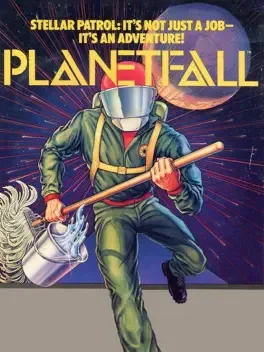
Planetfall is a science fiction interactive fiction computer game written by Steve Meretzky, and the eighth title published by Infocom in 1983. Like most Infocom games, thanks to the portable Z-machine, it was released for several platforms simultaneously. The original release included versions for the PC (both as a booter and for DOS) and Apple II. The Atari ST and Commodore 64 versions were released in 1985. A version for CP/M was also released. Although Planetfall was Meretzky's first title, it proved one of his most popular works and a best-seller for Infocom; it was one of five top-selling titles to be re-released in Solid Gold versions including in-game hints. Planetfall utilizes the Z-machine originally developed for the Zork franchise and was added as a bonus to the "Zork Anthology". The word planetfall is a portmanteau of planet and landfall, and occasionally used in science fiction to that effect. The book Planetfall written by Arthur Byron Cover, uses the game image on the cover, and is marketed "In the bestselling tradition of THE HITCHHIKER'S GUIDE TO THE GALAXY.[2] A sequel, Stationfall, was released in 1987. Planetfall teleports you 12,000 years into an outrageous future. You joined the Stellar Patrol to explore the galaxy, but all you've seen is the end of a mop - until your ship explodes and you're jettisoned onto a mysterious, deserted planet. Luckily, you have Floyd, a lovable multi-purpose robot with the personality of a mischievous 8-year-old. He's the ideal companion with whom to brave your new world, as you dare its dangers and uncover its secrets.
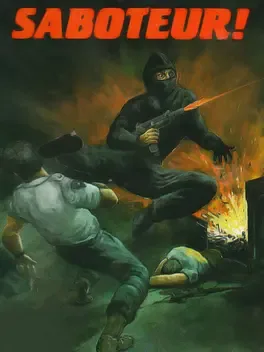
Saboteur! is the classic retro game hit made by Clive Townsend in 1985 for the ZX Spectrum 8-bit computer. In 1985 Saboteur! received the prestigious award "The Crash Smash" from Crash magazine and was high-rated with a 93% score. Now after 36 years MobileFabric in collaboration with Clive Townsend have prepared the special remastered version of Saboteur! for iOS devices. In the game you'll experience the original mission from 1985 version. Additionally the story will continue with new levels and enemies. Now you'll be able to know more about Saboteur and his dark and secret story.
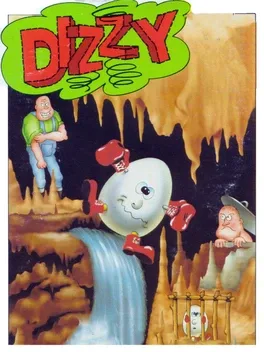
Dizzy: The Ultimate Cartoon Adventure was the first in the Dizzy series of games which would spawn many more Europe-wide bestselling titles.
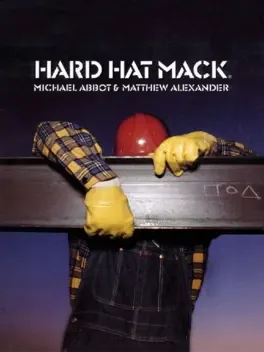
Hard Hat Mack is a classic jumping arcade game. Your goal is to place all bricks to the right places without being kicked/killed or whatever by any other moving object or person. There are some special tools ready for you too.
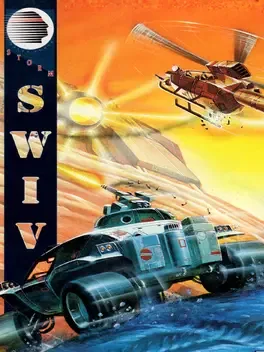
SWIV is a vertical scrolling shooter and an unofficial follow-up to Sales Curve's conversion of the side scroller Tecmo arcade game Silkworm. One player controls a helicopter and the other a jeep, with the jeep transforming into a boat when the vehicles pass over water. As well as a host of blaster fodder the game also includes a mid-level enemy inspired by the "Goose" enemy from the earlier title Silkworm. Pieces of this enemy would fly onto the screen and assemble into one vehicle before commencing to fire at the players' vehicles. When destroyed the "goose" would drop power-ups.
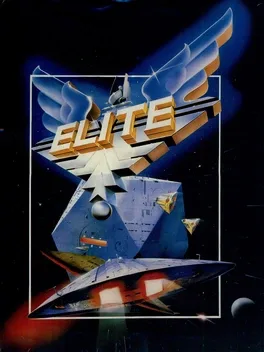
Elite is a space trading video game, written and developed by David Braben and Ian Bell and originally published by Acornsoft for the BBC Micro and Acorn Electron computers in September 1984. Elite's open-ended game model, and revolutionary 3D graphics led to it being ported to virtually every contemporary home computer system, and earned it a place as a classic and a genre maker in gaming history. The game's title derives from one of the player's goals of raising their combat rating to the exalted heights of "Elite". Elite was one of the first home computer games to use wire-frame 3D graphics with hidden line removal. It added graphics and twitch gameplay aspects to the genre established by the 1974 game Star Trader. Another novelty was the inclusion of The Dark Wheel, a novella by Robert Holdstock which gave players insight into the moral and legal codes to which they might aspire.
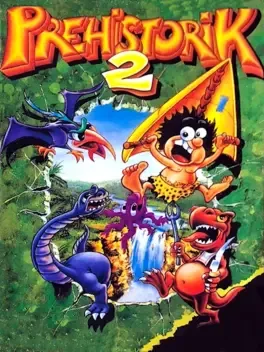
Prehistorik 2 takes up the story of its predecessor, for another caveman-era platform game. The hero must use his club to crush animal enemies, many of which then release bonus items to collect. He no longer needs to feed his clan, so there is no required minimum food target, unlike the original game. Other bonus items are located around the levels, while yet more can be found by using your club creatively and adventurously. There are bosses and passwrods after every few levels.
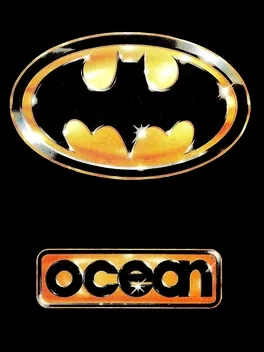
The movie of the decade is now the game of the year! Just when you thought you'd heard the last of his heinous cackling, The Joker is back in an all new action-adventure, based on the blockbuster movie - Batman. As the Dark Knight, only you can determine how the plot will unfold as you try to save Gotham City from certain doom. Even with the Batwing and all your wonderful toys, The Joker may just rewrite your script. So, rev up the Batmobile and get ready for the chase of your life.